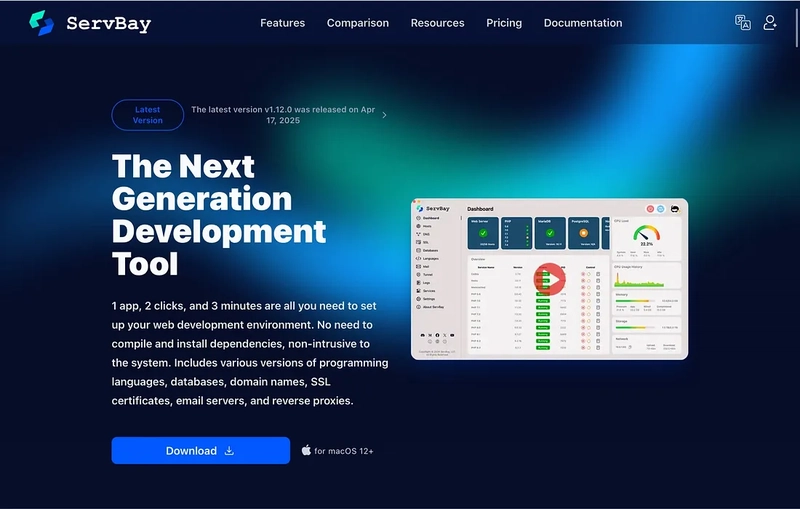Ways to Reduce Tech Infrastructure Carbon Footprint
Introduction: Reducing Carbon Footprint in IT Systems Despite its digital nature, the modern tech landscape has a significant environmental impact. Global carbon emissions are largely driven by data centers, cloud services, and everyday devices. As the world becomes more reliant on technology, it's essential to adopt sustainable IT practices to reduce the carbon footprint of your IT system. In this blog, we'll explore ten eco-friendly IT strategies to help reduce carbon emissions and build a greener digital future. The Quiet Effect: Recognizing the Environmental Impact Before implementing solutions, it's crucial to acknowledge the scope of the environmental problem. The production of electronic devices and the energy consumption of data centers are two significant contributors to greenhouse gas emissions. The first step toward building a sustainable digital future is recognizing these effects and working toward actionable solutions. Optimizing Data Center Efficiency Install advanced airflow control and cooling systems to reduce energy usage in data centers. Use server consolidation and virtualization to reduce hardware requirements, minimizing energy consumption. Choose energy-efficient data center locations that utilize cooler climates for natural cooling, reducing reliance on HVAC systems. Shift to green data centers that operate on renewable energy sources like solar, wind, and hydroelectric power. Adopting Renewable Energy for IT Systems Power data centers and offices using renewable energy sources such as solar, wind, or hydroelectric power. Opt for cloud service providers that prioritize sustainable energy solutions and carbon neutrality. Leading companies like Google Cloud, Microsoft Azure, and AWS are investing heavily in renewable energy. Optimizing Cloud Resources and Appropriate Sizing Implement auto-scaling to dynamically adjust cloud resource utilization based on demand, reducing waste. Eliminate unused storage volumes and virtual machines, which contribute to energy inefficiency. Serverless computing (such as AWS Lambda and Google Cloud Functions) reduces resource idling, ensuring energy is only consumed when necessary. Sustainable Hardware Lifecycle Management Maximize hardware lifespan with regular maintenance and hardware updates. Opt for refurbished or secondhand equipment where feasible to reduce e-waste and extend the lifecycle of hardware. Implement responsible e-waste recycling programs to dispose of outdated equipment sustainably. Optimizing Software for Sustainability Write resource-efficient code to minimize the energy consumption of applications and systems. Use low-energy data structures and algorithms to reduce the environmental impact of software operations. Optimize software to be compatible with low-power devices, enhancing energy efficiency. Embracing Virtualization and Containerization Technologies Adopt containerization (e.g., Docker, Kubernetes) to optimize resource usage and reduce the number of physical servers needed. Move to green data centers that prioritize renewable energy and efficient infrastructure to reduce overall environmental impact. Utilize virtualization to consolidate workloads onto fewer physical servers, reducing energy consumption and hardware waste. Telecommuting and Remote Work for a Greener IT Future Encourage remote work to reduce carbon emissions from daily commutes and office-related activities. Use video conferencing tools (such as Zoom, Microsoft Teams) to minimize business travel and further reduce the carbon footprint of IT systems. Provide employees with energy-efficient home appliances to reduce their individual environmental impact. Sustainable Procurement Practices for IT Select suppliers committed to carbon neutrality and sustainable manufacturing practices. Invest in eco-labeled products and energy-efficient IT devices to reduce the environmental footprint of your IT infrastructure. Factor in supply chain sustainability when selecting IT vendors and equipment. Efficient Data Management and Reduction Strategies Implement data compression and deduplication techniques to minimize storage space and reduce energy consumption. Adopt data lifecycle management practices to remove or archive unnecessary data, minimizing the resources required to maintain it. Reduce unnecessary data transfers to conserve energy and improve network efficiency. Employee Awareness and Education on Sustainable IT Practices Educate employees on energy-saving practices and sustainable IT operations. Foster an environmentally conscious culture within the organization to drive collective efforts in sustainability. Regularly monitor and promote the company’s initiatives to reduce its carbon footprint and contribute to a greener planet. Conclusion: Building a Sustainable Digital Future Lowering the

Introduction: Reducing Carbon Footprint in IT Systems
Despite its digital nature, the modern tech landscape has a significant environmental impact. Global carbon emissions are largely driven by data centers, cloud services, and everyday devices. As the world becomes more reliant on technology, it's essential to adopt sustainable IT practices to reduce the carbon footprint of your IT system. In this blog, we'll explore ten eco-friendly IT strategies to help reduce carbon emissions and build a greener digital future.
The Quiet Effect: Recognizing the Environmental Impact
Before implementing solutions, it's crucial to acknowledge the scope of the environmental problem. The production of electronic devices and the energy consumption of data centers are two significant contributors to greenhouse gas emissions. The first step toward building a sustainable digital future is recognizing these effects and working toward actionable solutions.
Optimizing Data Center Efficiency
- Install advanced airflow control and cooling systems to reduce energy usage in data centers.
- Use server consolidation and virtualization to reduce hardware requirements, minimizing energy consumption.
- Choose energy-efficient data center locations that utilize cooler climates for natural cooling, reducing reliance on HVAC systems.
-
Shift to green data centers that operate on renewable energy sources like solar, wind, and hydroelectric power.
Adopting Renewable Energy for IT Systems
Power data centers and offices using renewable energy sources such as solar, wind, or hydroelectric power.
Opt for cloud service providers that prioritize sustainable energy solutions and carbon neutrality. Leading companies like Google Cloud, Microsoft Azure, and AWS are investing heavily in renewable energy.

Optimizing Cloud Resources and Appropriate Sizing
- Implement auto-scaling to dynamically adjust cloud resource utilization based on demand, reducing waste.
- Eliminate unused storage volumes and virtual machines, which contribute to energy inefficiency.
- Serverless computing (such as AWS Lambda and Google Cloud Functions) reduces resource idling, ensuring energy is only consumed when necessary.
Sustainable Hardware Lifecycle Management
- Maximize hardware lifespan with regular maintenance and hardware updates.
- Opt for refurbished or secondhand equipment where feasible to reduce e-waste and extend the lifecycle of hardware.
- Implement responsible e-waste recycling programs to dispose of outdated equipment sustainably.
Optimizing Software for Sustainability
- Write resource-efficient code to minimize the energy consumption of applications and systems.
- Use low-energy data structures and algorithms to reduce the environmental impact of software operations.
- Optimize software to be compatible with low-power devices, enhancing energy efficiency.
Embracing Virtualization and Containerization Technologies
- Adopt containerization (e.g., Docker, Kubernetes) to optimize resource usage and reduce the number of physical servers needed.
- Move to green data centers that prioritize renewable energy and efficient infrastructure to reduce overall environmental impact.
- Utilize virtualization to consolidate workloads onto fewer physical servers, reducing energy consumption and hardware waste.
Telecommuting and Remote Work for a Greener IT Future
- Encourage remote work to reduce carbon emissions from daily commutes and office-related activities.
- Use video conferencing tools (such as Zoom, Microsoft Teams) to minimize business travel and further reduce the carbon footprint of IT systems.
- Provide employees with energy-efficient home appliances to reduce their individual environmental impact.
Sustainable Procurement Practices for IT
- Select suppliers committed to carbon neutrality and sustainable manufacturing practices.
- Invest in eco-labeled products and energy-efficient IT devices to reduce the environmental footprint of your IT infrastructure.
- Factor in supply chain sustainability when selecting IT vendors and equipment.
Efficient Data Management and Reduction Strategies
- Implement data compression and deduplication techniques to minimize storage space and reduce energy consumption.
- Adopt data lifecycle management practices to remove or archive unnecessary data, minimizing the resources required to maintain it.
- Reduce unnecessary data transfers to conserve energy and improve network efficiency.
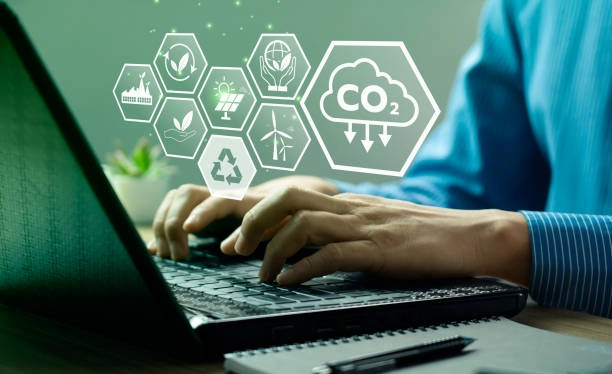
Employee Awareness and Education on Sustainable IT Practices
- Educate employees on energy-saving practices and sustainable IT operations.
- Foster an environmentally conscious culture within the organization to drive collective efforts in sustainability.
- Regularly monitor and promote the company’s initiatives to reduce its carbon footprint and contribute to a greener planet.
Conclusion: Building a Sustainable Digital Future
Lowering the carbon footprint of your IT system requires more than just compliance with environmental guidelines. It demands a commitment to creating energy-efficient IT infrastructures that are aligned with the global push for sustainability. By implementing the strategies outlined above, we can create more eco-friendly IT ecosystems, reduce greenhouse gas emissions, and pave the way for a sustainable digital society. Through conscious efforts and innovative solutions, we can all contribute to building a greener and more sustainable future for the planet.























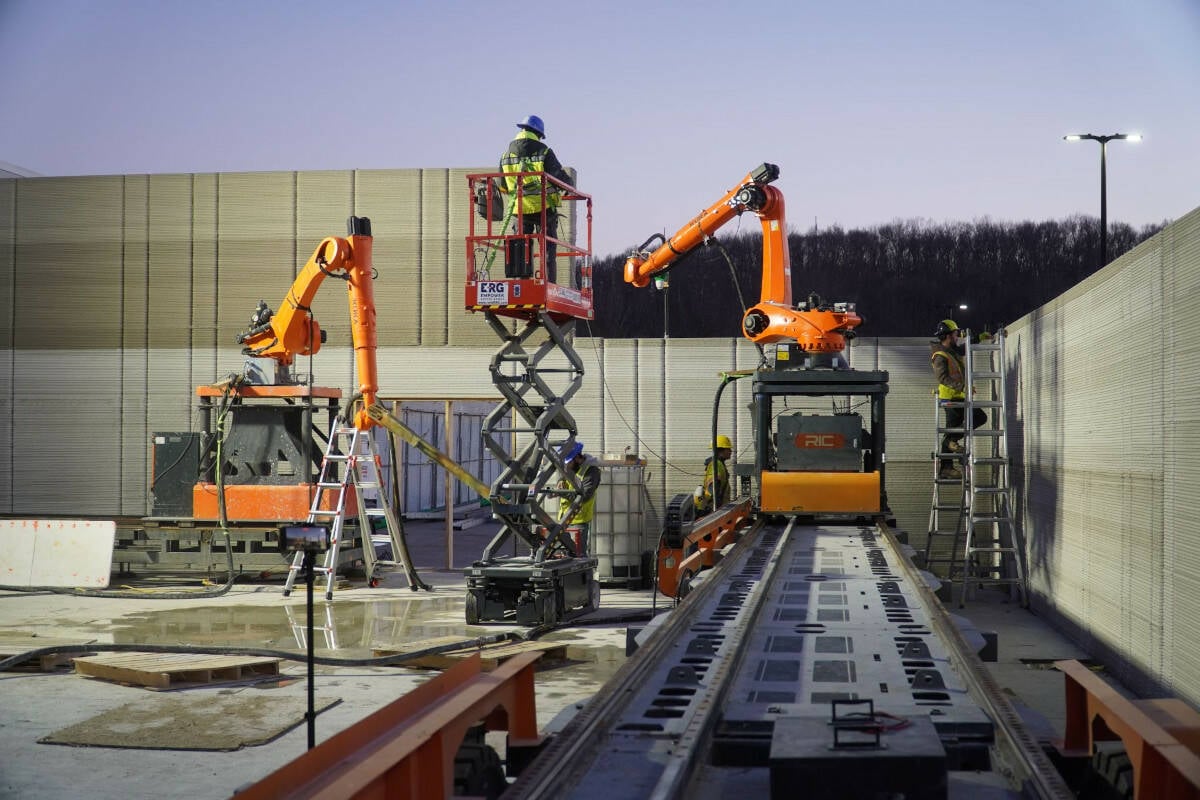
































































































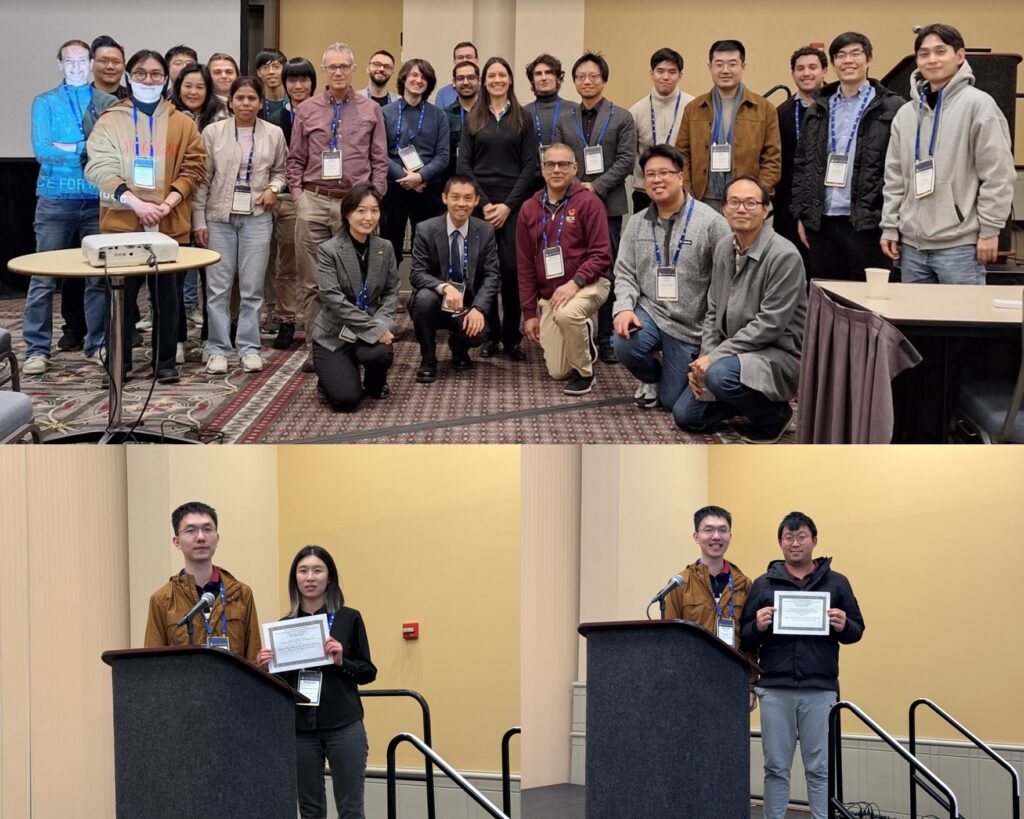









































![[The AI Show Episode 143]: ChatGPT Revenue Surge, New AGI Timelines, Amazon’s AI Agent, Claude for Education, Model Context Protocol & LLMs Pass the Turing Test](https://www.marketingaiinstitute.com/hubfs/ep%20143%20cover.png)















































































































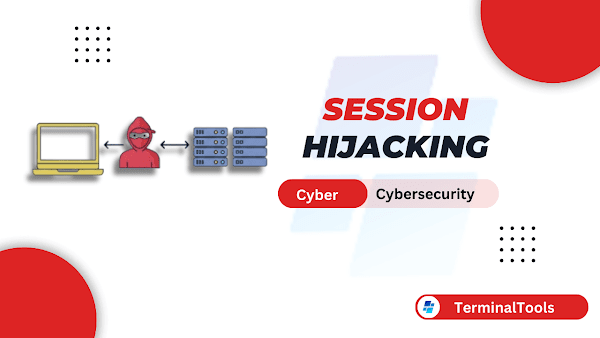



























































































































































_Muhammad_R._Fakhrurrozi_Alamy.jpg?width=1280&auto=webp&quality=80&disable=upscale#)
_NicoElNino_Alamy.jpg?width=1280&auto=webp&quality=80&disable=upscale#)

































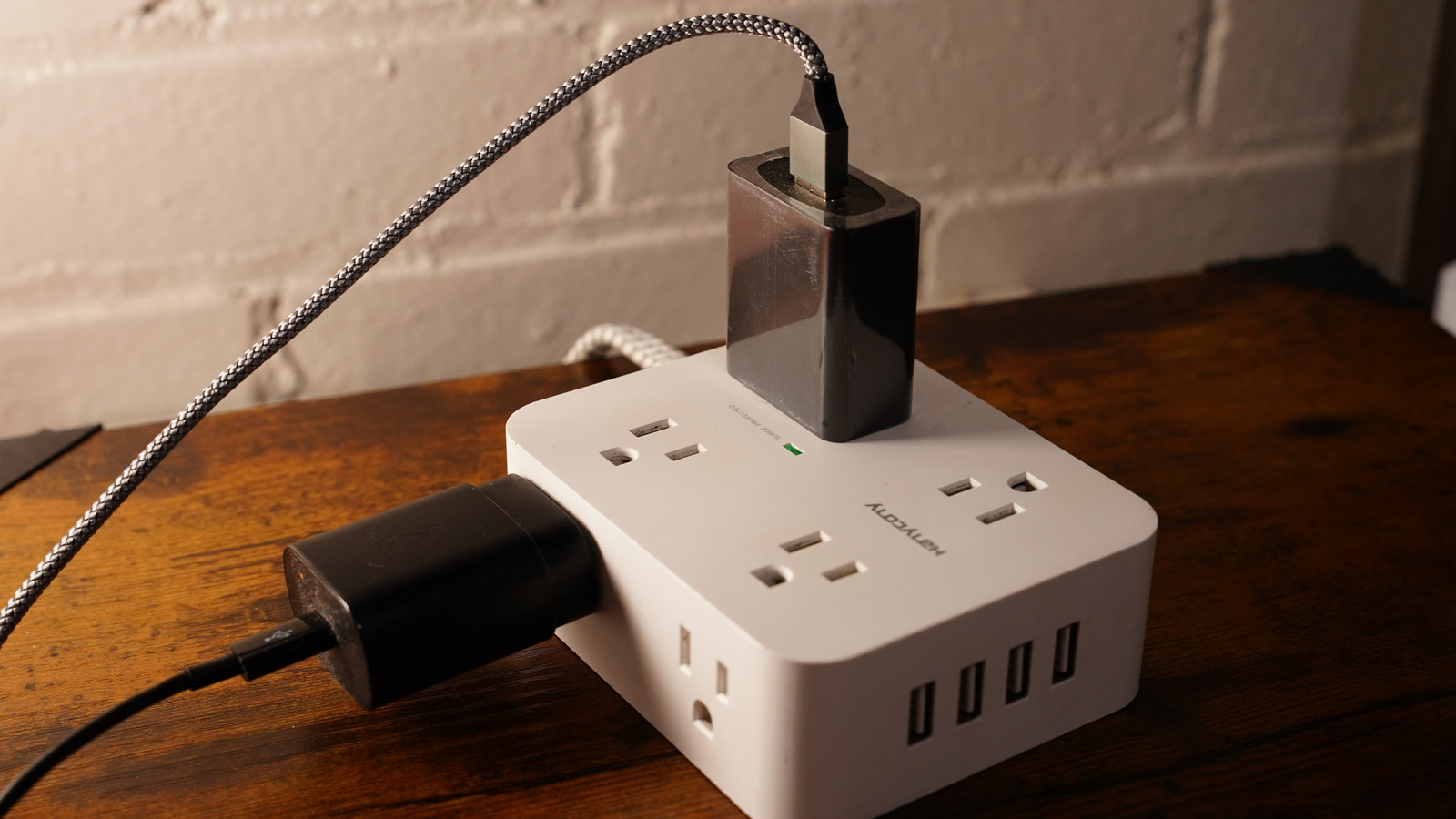








































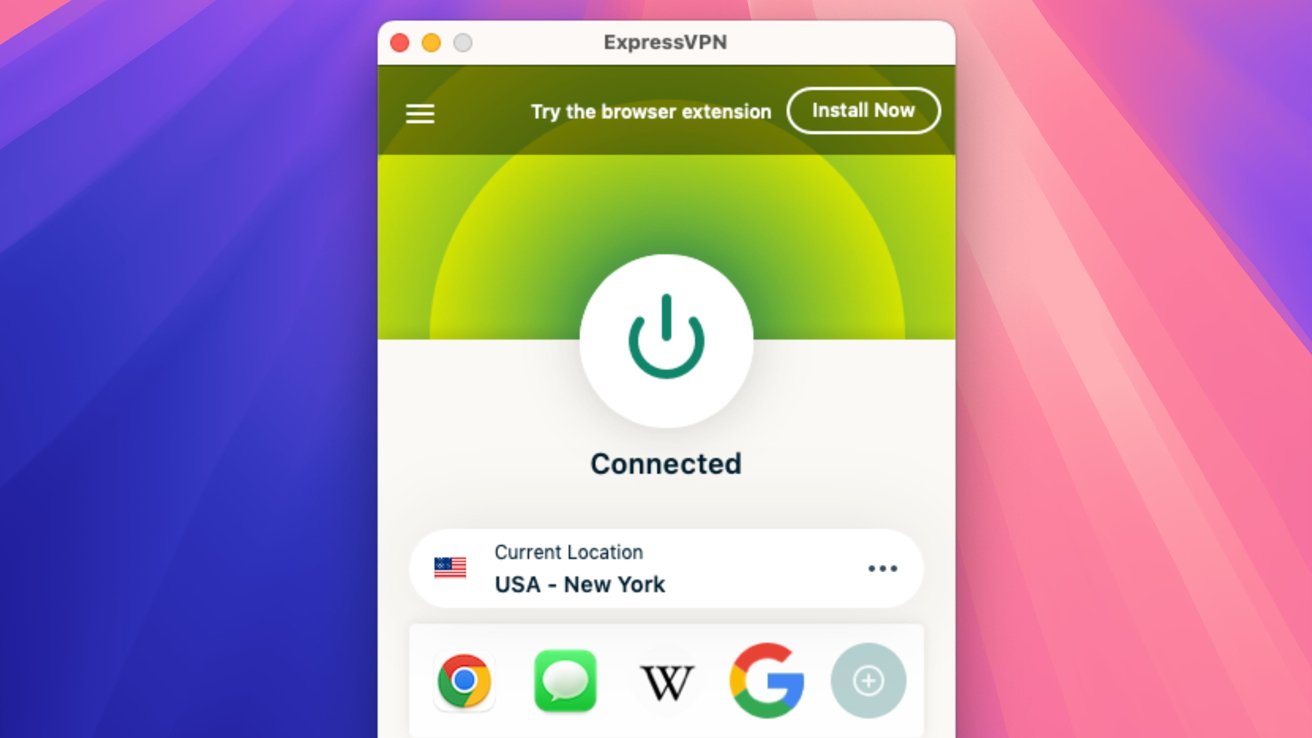









![macOS 15.5 beta 4 now available for download [U]](https://i0.wp.com/9to5mac.com/wp-content/uploads/sites/6/2025/04/macOS-Sequoia-15.5-b4.jpg?resize=1200%2C628&quality=82&strip=all&ssl=1)




![What’s new in Android’s April 2025 Google System Updates [U: 4/28]](https://i0.wp.com/9to5google.com/wp-content/uploads/sites/4/2025/01/google-play-services-3.jpg?resize=1200%2C628&quality=82&strip=all&ssl=1)










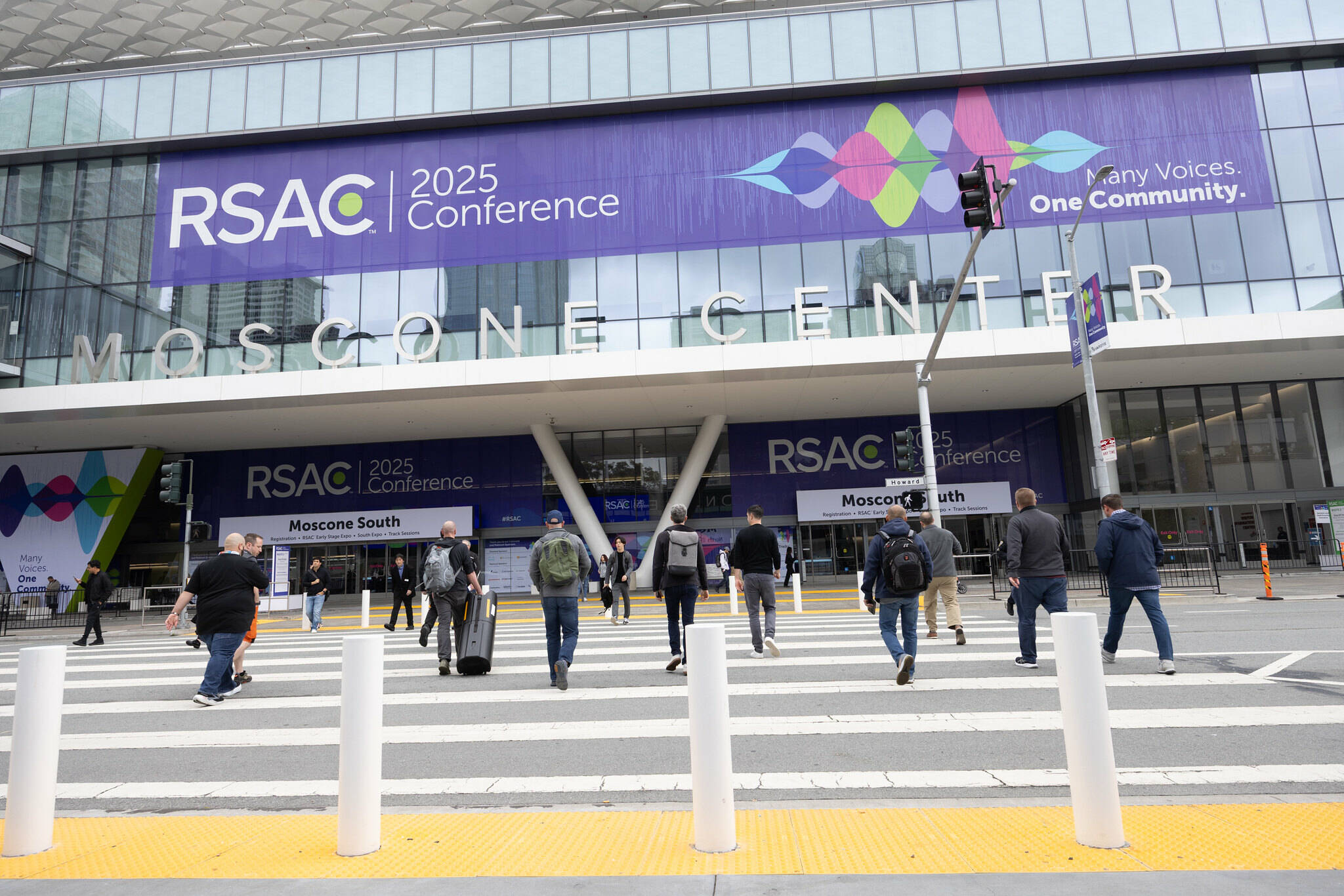

![AirPods Pro 2 With USB-C Back On Sale for Just $169! [Deal]](https://www.iclarified.com/images/news/96315/96315/96315-640.jpg)
![Apple Releases iOS 18.5 Beta 4 and iPadOS 18.5 Beta 4 [Download]](https://www.iclarified.com/images/news/97145/97145/97145-640.jpg)
![Apple Seeds watchOS 11.5 Beta 4 to Developers [Download]](https://www.iclarified.com/images/news/97147/97147/97147-640.jpg)
![Apple Seeds visionOS 2.5 Beta 4 to Developers [Download]](https://www.iclarified.com/images/news/97150/97150/97150-640.jpg)





















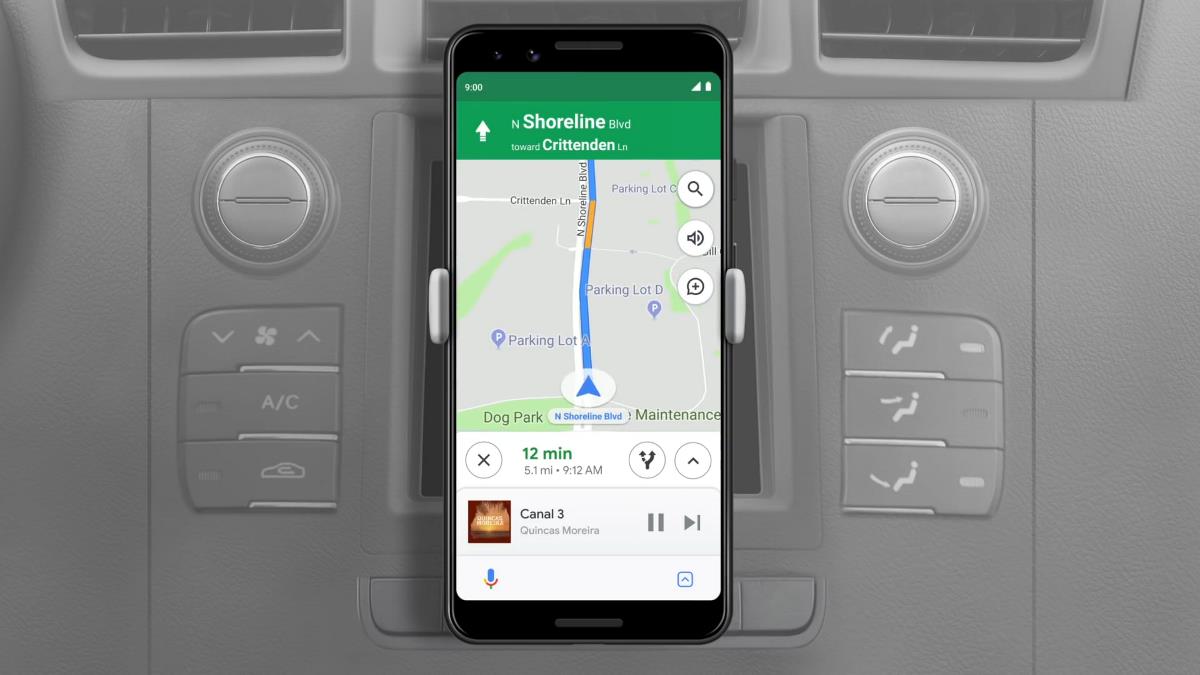


















![Apple Seeds Fourth Beta of iOS 18.5 to Developers [Update: Public Beta Available]](https://images.macrumors.com/t/uSxxRefnKz3z3MK1y_CnFxSg8Ak=/2500x/article-new/2025/04/iOS-18.5-Feature-Real-Mock.jpg)
![Apple Seeds Fourth Beta of macOS Sequoia 15.5 [Update: Public Beta Available]](https://images.macrumors.com/t/ne62qbjm_V5f4GG9UND3WyOAxE8=/2500x/article-new/2024/08/macOS-Sequoia-Night-Feature.jpg)
























































